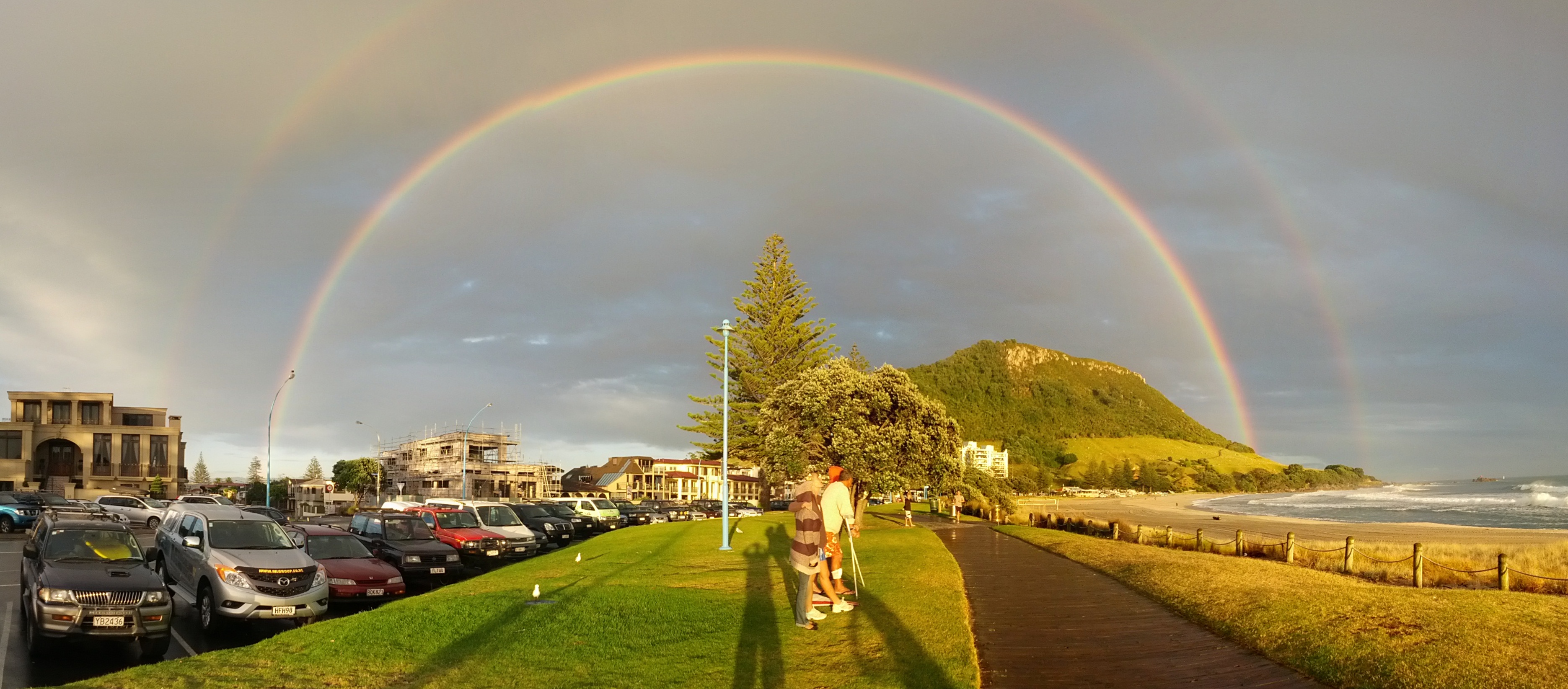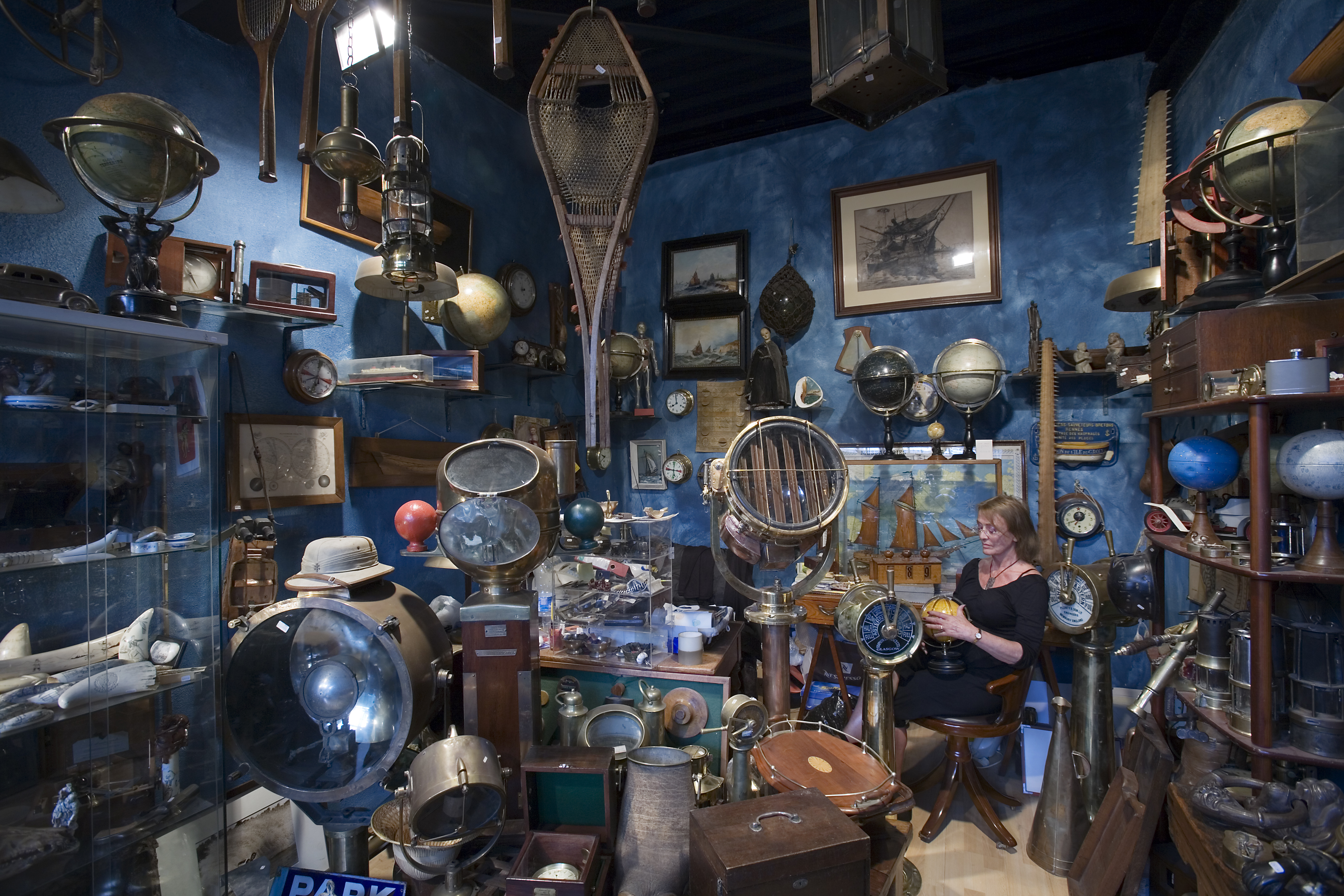10 Mind-Blowing Facts About the Science of Boiling an Egg Perfectly
Think boiling an egg is kitchen kindergarten? Prepare to be amazed. This everyday task is actually a masterclass in applied chemistry and physics, happening right inside that humble shell. Achieving that perfect balance – a firm-but-tender white yielding to a creamy, vibrant yolk – isn't just luck; it's science in action. Forget vague timing guesses; we're diving deep into the mind-blowing specifics. Why do fresh eggs peel so badly? What really causes that dreaded green ring around the yolk? How can altitude totally derail your breakfast plans? We've cracked open the research to reveal 10 fascinating scientific secrets behind the quest for the perfectly boiled egg. Get ready to see this simple food in a whole new light and transform your results from guesswork to guaranteed deliciousness, backed by surprising science.
1. Egg Whites and Yolks Cook at Different Speeds (Know the Temps!)
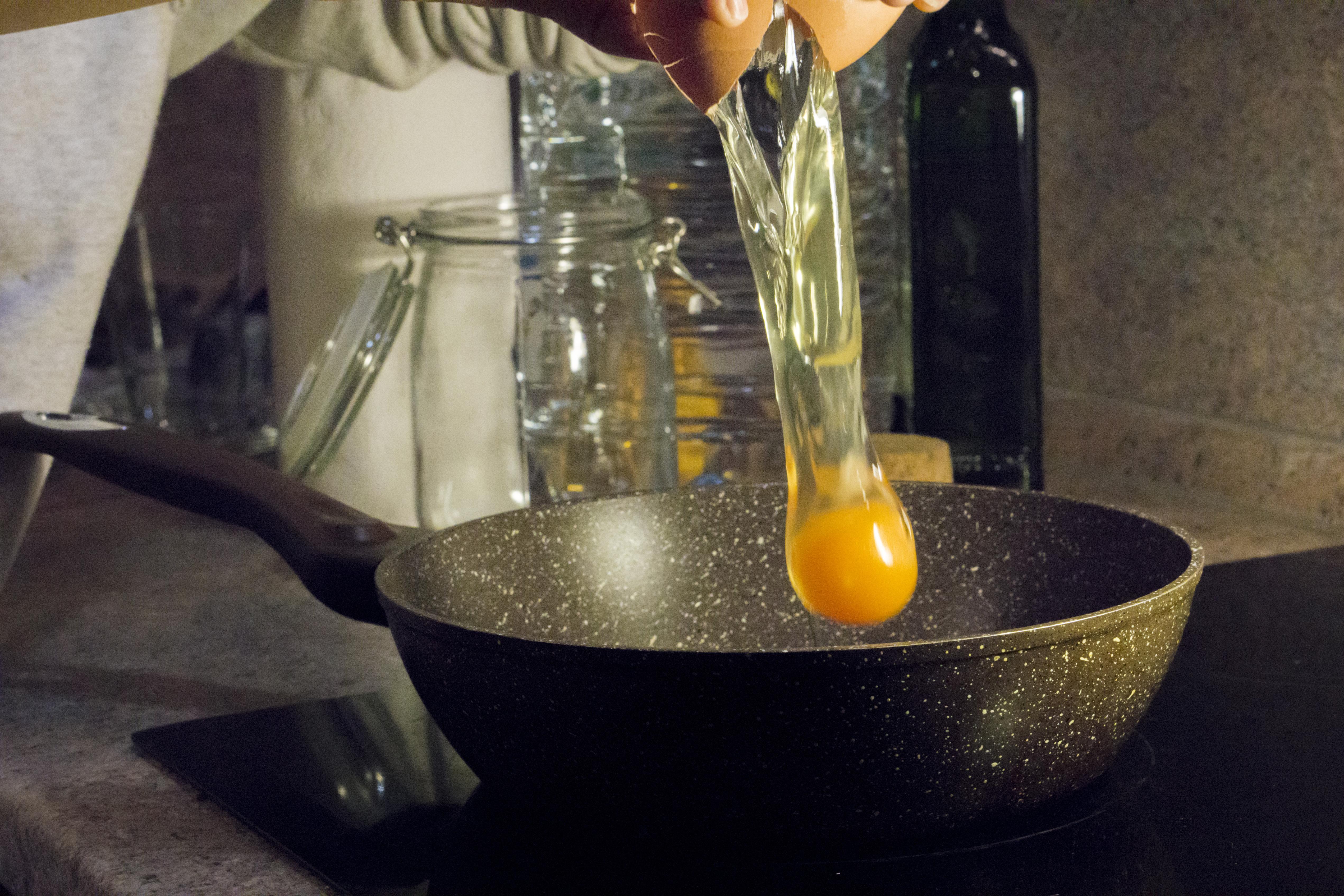
The secret to texture lies in heat-sensitive proteins. Egg whites, mostly albumin, start setting around 62°C (144°F) and become firm near 65°C (149°F). Yolks, however, need more heat, beginning to thicken around 65°C (149°F) and only becoming truly firm (hard-boiled) closer to 70°C (158°F). This temperature gap is why you can achieve a set white with a runny yolk! Mastering precise temperature control (like with sous-vide) allows chefs to exploit these different thresholds for incredibly specific textures impossible with simple boiling alone.
2. Altitude Sabotages Your Timing (Lower Boiling Point Physics)
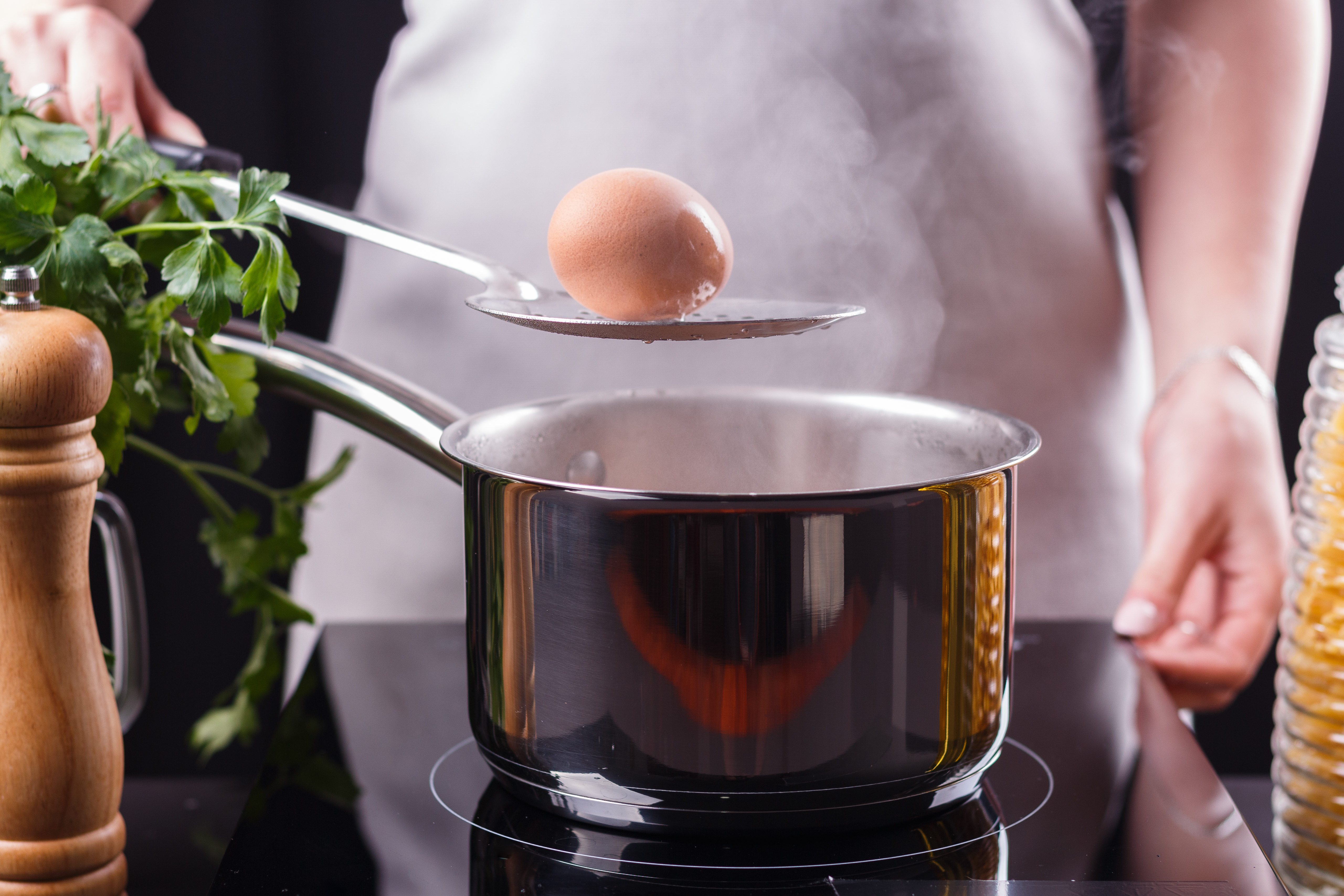
Cooking eggs at high altitude? Your usual timing will fail you. Why? Water boils when its vapor pressure equals the surrounding atmospheric pressure. Higher altitudes mean lower air pressure, so water boils at a lower temperature – roughly 1°C less for every 300 meters (1,000 ft) gained. Boiling water at 90°C (194°F) in Denver simply doesn't transfer heat as efficiently as 100°C (212°F) water at sea level. Result: you need significantly longer cooking times at altitude to achieve the same internal egg temperature and desired doneness.
3. Cold Starts vs. Hot Starts: It's About Thermal Shock
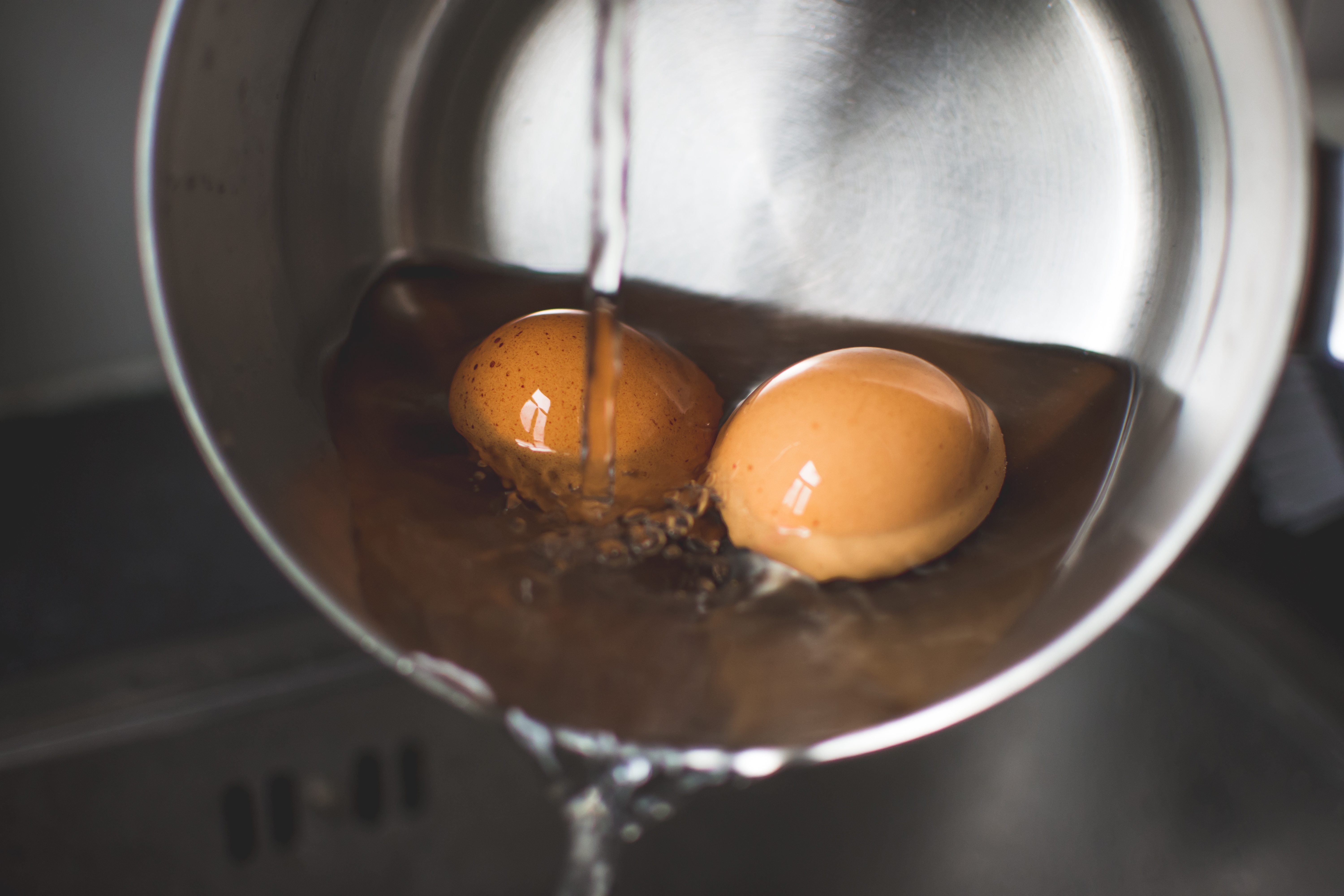
Plunging cold eggs into furiously boiling water is a recipe for cracked shells. This happens due to thermal shock – the rapid expansion of the egg's contents and trapped air bubble stresses the shell beyond its limit. Starting eggs in cold water allows them to heat up gradually along with the water, reducing this stress. Bonus: many find cold-start eggs cook slightly more evenly, as the gentle temperature ramp allows heat to penetrate more uniformly before the outer white sets too quickly.
4. The Dreaded Green Yolk? Blame Chemistry (Sulfur + Iron)
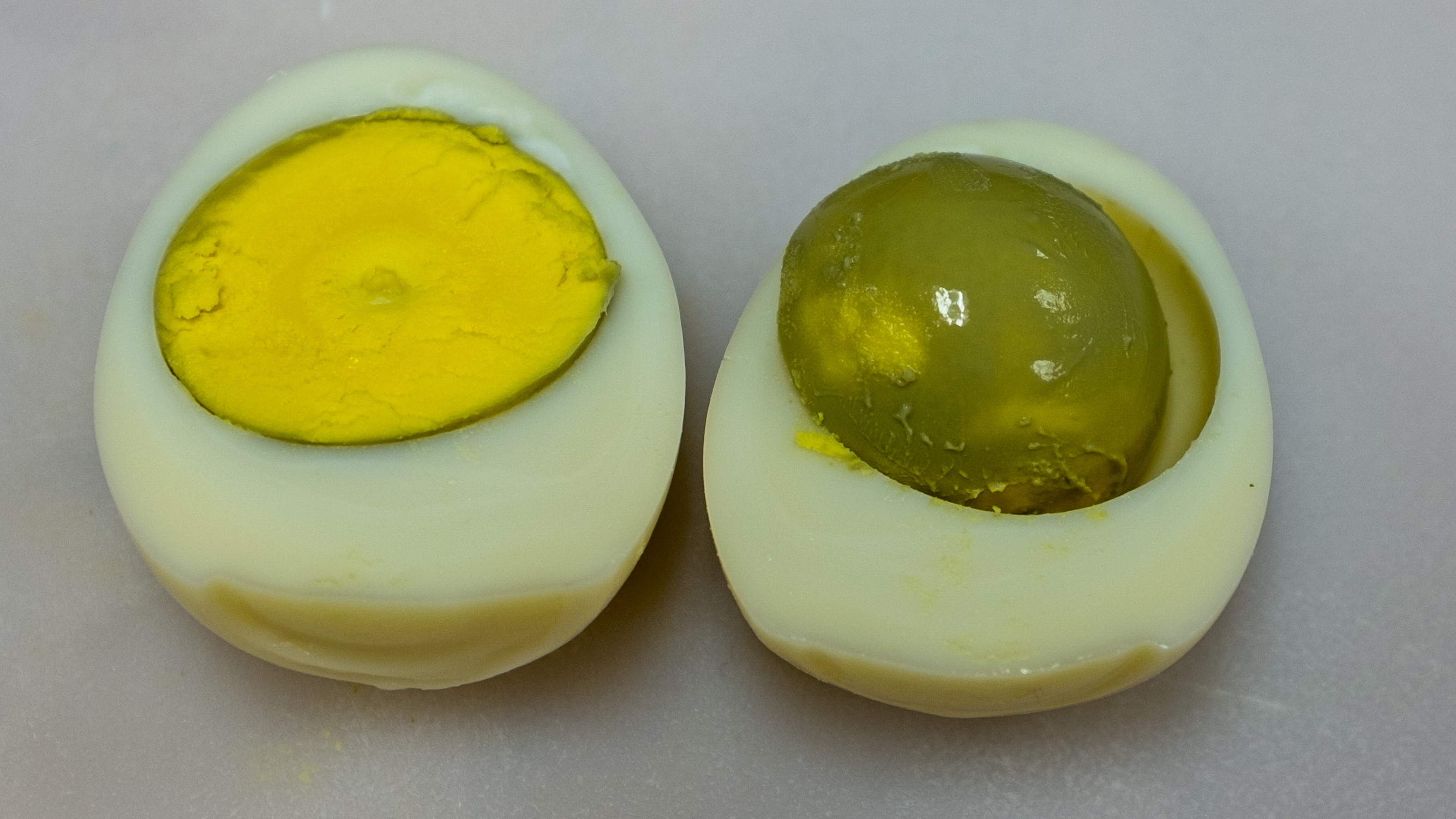
That unappetizing greenish-grey ring around an overcooked hard-boiled yolk isn't spoilage; it's simple chemistry! Egg whites contain sulfur-containing amino acids. Overheating causes these to break down and release hydrogen sulfide gas. Simultaneously, the yolk releases iron. When these two meet at the yolk-white boundary, they react to form ferrous sulfide – which is greenish-grey. It’s harmless but visually off-putting and a sign of overcooking. Shorter cooking times and rapid cooling prevent this reaction.
5. Fresh Eggs Peel Poorly (It's All About pH!)
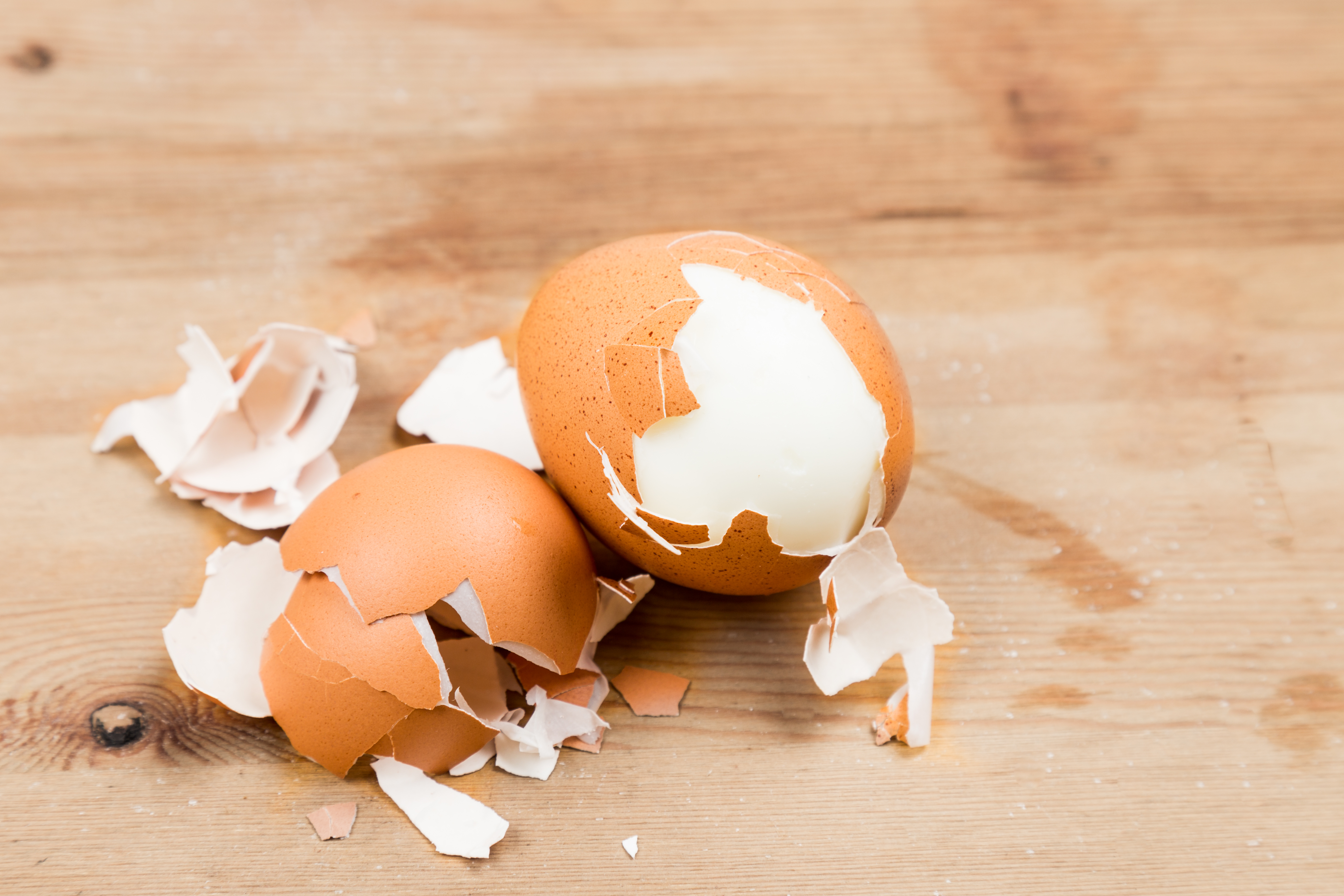
Struggling to peel those farm-fresh eggs? It’s not you, it’s science! A fresh egg white (albumen) has a lower pH (more acidic). In this state, it bonds more strongly to the inner shell membrane. As an egg ages over days or weeks, carbon dioxide escapes through the shell pores, causing the albumen's pH to rise (become more alkaline). This higher pH weakens the bond, making the membrane (and shell) separate much more easily after cooking. Using eggs that are at least a week old is the secret weapon here!
6. The Ice Bath Secret: Thermal Contraction Power
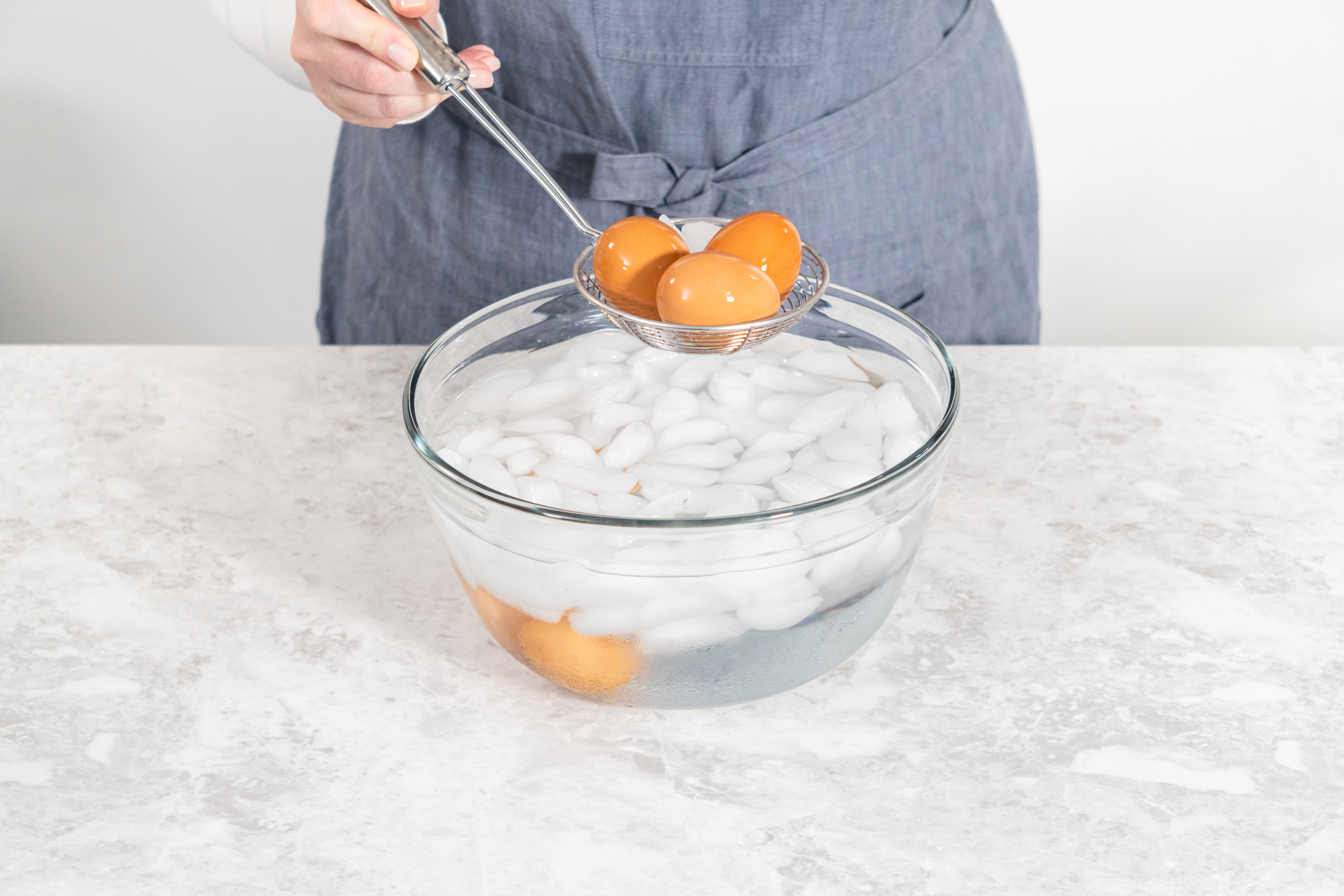
Why plunge boiled eggs immediately into ice water? It’s not just to stop the cooking. This rapid temperature drop – thermal shock in reverse – causes the egg white and yolk to contract slightly faster than the shell. This minute contraction helps pull the egg away from that clingy inner shell membrane we just discussed. The result? A small gap forms, making the shell significantly easier to slip off cleanly, preserving the smooth surface of your perfectly cooked egg white.
7. Water Chemistry's Subtle Influence (Hard vs. Soft, pH)
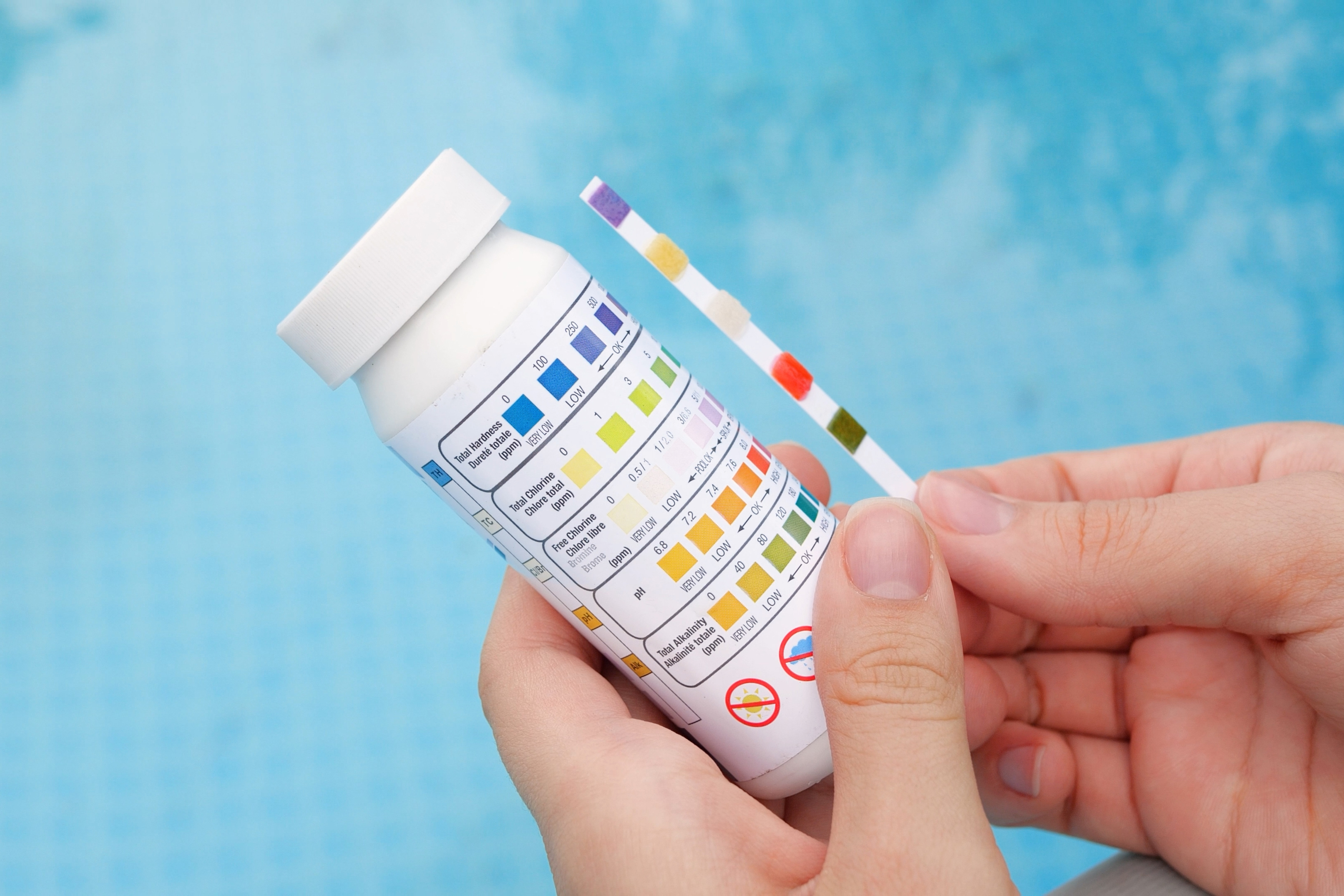
Ever notice eggs cook or peel differently sometimes? Your tap water might be playing a role! Hard water (high in minerals like calcium) can sometimes interact with egg proteins to yield a slightly tougher white. Conversely, very soft water might result in exceedingly tender whites. More critically, the water's pH affects peeling. Adding a little baking soda (alkaline) to the water raises its pH, mimicking the effect of an older egg and often making even fresher eggs peel more easily.
8. Sous-Vide Eggs: Ultimate Precision for Unbelievable Textures
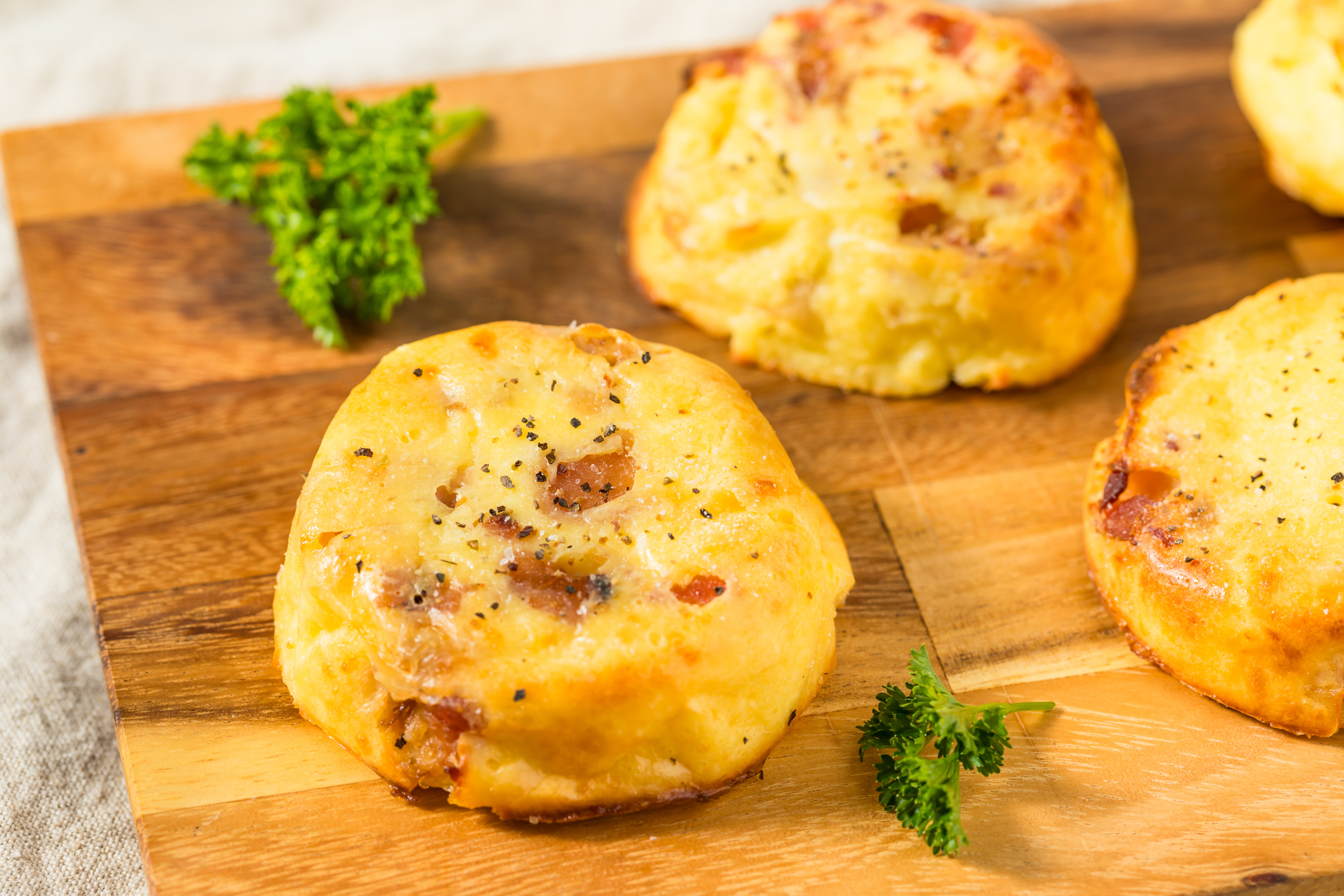
Want truly mind-blowing egg textures? Enter sous-vide. By immersing eggs in a precisely temperature-controlled water bath, you can hold them at the exact temperature needed to achieve specific results impossible with boiling. A 63°C (145°F) egg, for instance, held for an hour, yields a barely set, custard-like white and a warm, liquid-gold yolk – perfect for topping ramen or toast. Sous-vide unlocks textures by exploiting those specific protein setting points (#1) with unparalleled accuracy.
9. Onsen Tamago: Japan's Silky Hot Spring Egg Science
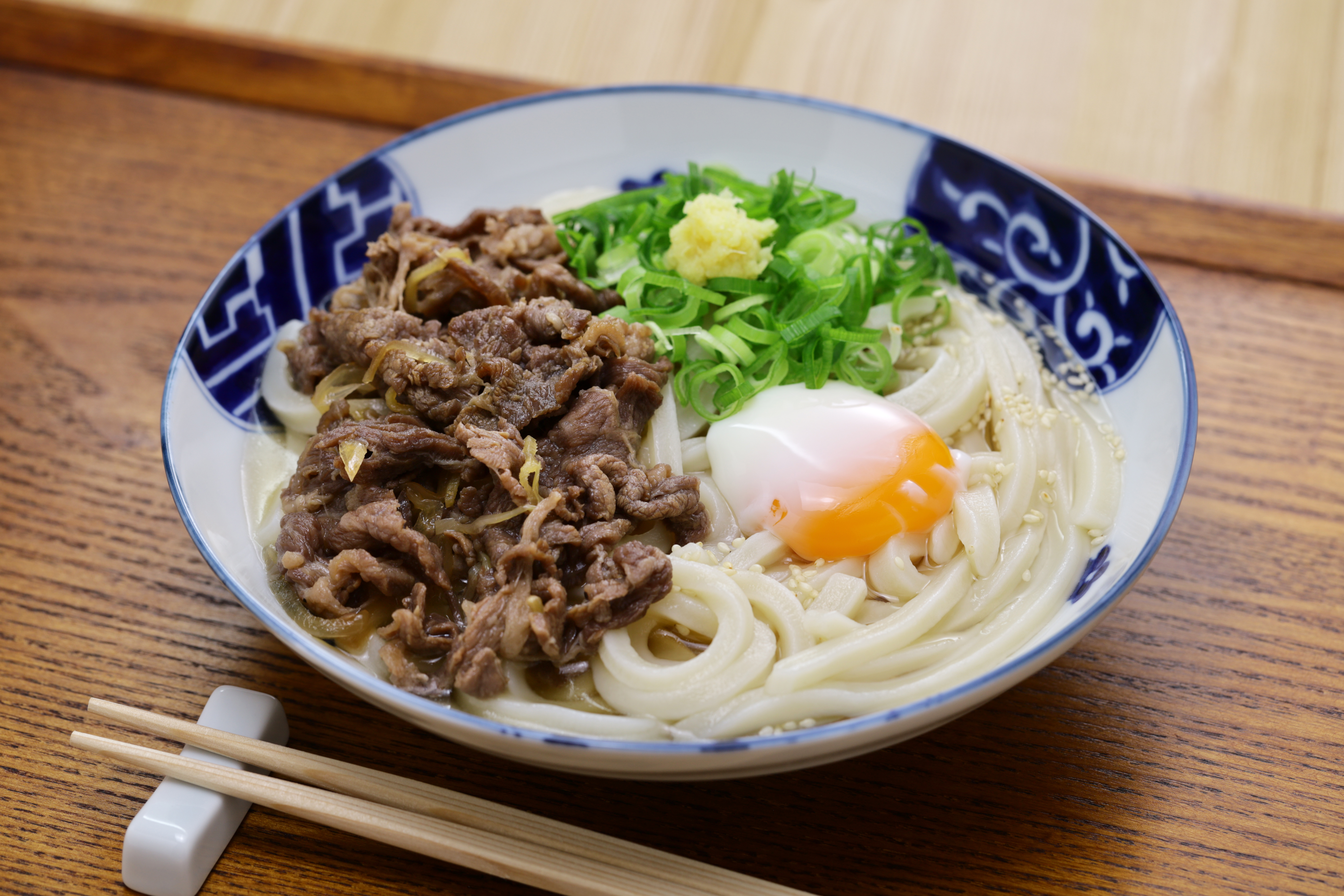
Similar to sous-vide but using traditional methods, Japan's Onsen Tamago ("hot spring egg") leverages low, consistent heat. Historically cooked in actual hot springs around 65-70°C (149-158°F) for an extended time (30-60 mins), this technique cooks the yolk to a unique, creamy, just-set custard consistency before the white becomes fully firm and rubbery. The result is an incredibly delicate, silky egg often served simply with dashi and soy sauce. It beautifully demonstrates how manipulating time and temperature creates unique culinary magic.
10. Pressure Cooking Eggs: Speed, Altitude, and Texture

Using a pressure cooker (like an Instant Pot) changes the boiling game entirely. Under pressure, water boils at a higher temperature (around 121°C / 250°F). This significantly speeds up cooking – hard-cooked eggs can be done in just minutes using the "5-5-5" method (5 min pressure, 5 min natural release, 5 min ice bath). This high heat cooks proteins rapidly, sometimes resulting in a slightly more tender texture than traditional boiling. It’s also a fantastic way to overcome high-altitude cooking challenges (#2).
So, the next time you boil an egg, remember the intricate dance of chemistry and physics unfolding within that shell. From the precise temperatures governing texture to the pH changes affecting peelability, and the surprising impact of altitude or water quality, there's far more to this simple act than meets the eye. Understanding these fascinating scientific principles doesn't just demystify common kitchen frustrations like green yolks or stubborn shells; it empowers you to consistently achieve egg perfection. The humble boiled egg, it turns out, is a delicious testament to the science hidden in everyday cooking.
